Tamron 28-75 mm f/2.8 Di III VXD G2
6. Distortion and field of view
Field of view
A full frame rectilinear 28-75 mm lens should offer you a range of angles of view changing from 75.4 to 32.2 deg. Of course some exceptions are always possible – after all, as we are going to show in a moment, the lens doesn't correct distortion in a perfect way so is not rectilinear. What's more, its real focal length might be a tad different than the one officially declared. The producers always round such values to whole numbers so several percent of difference is nothing strange.Fortunately, when it comes to fields of view of the tested Tamron, we don't have to guess. We measured them precisely as it should be done, for rays of light coming from infinity. Our measurements were based on photos of starry sky; then we transformed the pixel layout (X,Y) from the photo into the equatorial coordinate system (right ascension and declination), which locates a star on a celestial sphere.
In case of the 28 mm focal length we used over 200 stars positioned evenly across the frame. The transformation error amounted a tad over one minute of arc. The field, measured this way, amounted to 76.3 deg with measurement error on a level of 0.1-0.2 of a degree. There is a piece of good news – the lens provides a tad larger field than declared, with a slight reserve for distortion correction.
Please Support UsIf you enjoy our reviews and articles, and you want us to continue our work please, support our website by donating through PayPal. The funds are going to be used for paying our editorial team, renting servers, and equipping our testing studio; only that way we will be able to continue providing you interesting content for free. |
- - - - - - - - - - - - - - - - - - - - - - - - - - - - - - - - - - - - - - - - - - - - - - - -
In case of the 75 mm focal length the transformation was based on 91 stars and the transformation error amounted to just 5 seconds of the arc. The field, measured by us this way, amounted to 31.59 degrees, with the measurement error not exceeding 0.05 of a degree. Here the field is a tad narrower than the declared one but the difference is not big; with such a value of the focal length it seems completely negligible.
Distortion
When you employ the smaller APS-C/DX sensor distortion won't be especially bothersome. At the widest angle of view you deal with slight barrel deformations of −1.63% that decrease to a practically zero level at 35 mm, with the official result being −0.01%. Then distortion changes the sign and at the 50 mm focal length you see its pincushion variation of +1.08% and at the 75 mm focal length it increases to a still moderate level of +1.32%.
| Sony A7R IIIa, APS-C, 28 mm | |||
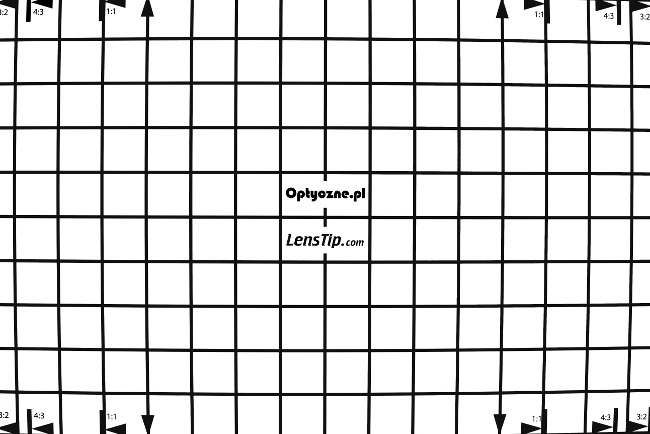
|
|||
| Sony A7R IIIa, APS-C, 35 mm | |||
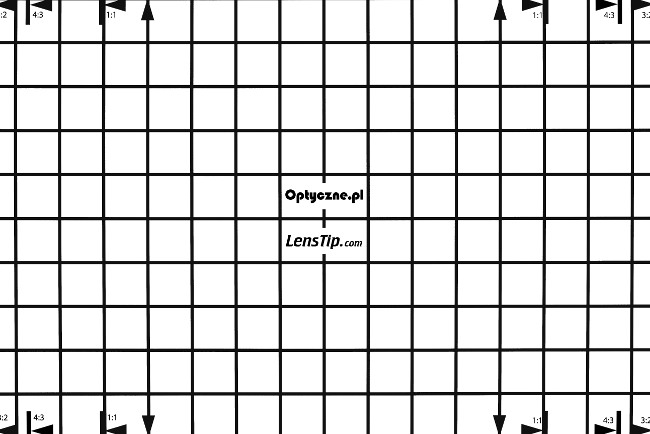
|
|||
| Sony A7R IIIa, APS-C, 50 mm | |||
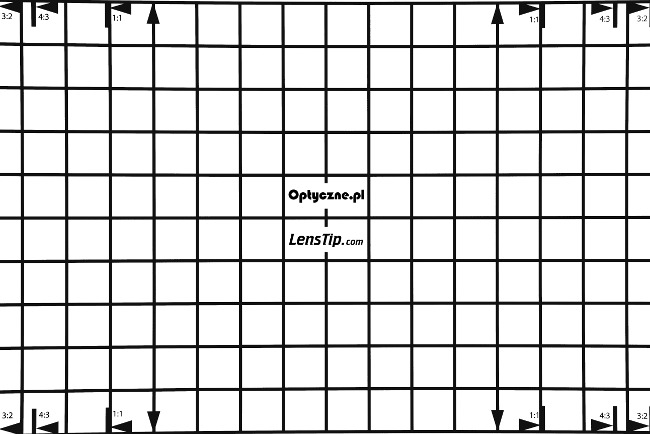
|
|||
| Sony A7R IIIa, APS-C, 75 mm | |||
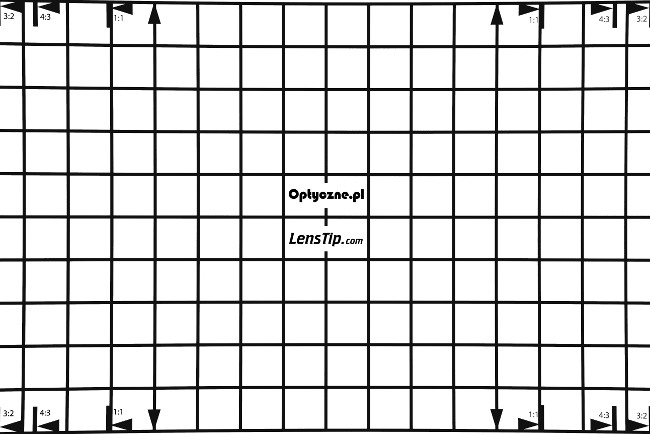
|
|||
In case of full frame the wide angle doesn't give us any serious reasons to complain with barrel distortion of just −2.71%. With the lengthening of the focal length you are able to reduce this level very quickly – it becomes zero and then changes the sign. At the 35 mm focal length you deal already with small pincushion distortion of +0.42%.
At the 50 mm focal length it increases already to a quite noticeable level of +2.48% and on the longer end of the range its value is even higher, amounting to +2.87%.
You deal here with a very interesting performance, with distortion on both ends being practically the same in terms of absolute value. It is a rare approach because usually optics constructors allow distortion a free rein at the shortest focal length and they curb it at the longer end of the focal spectrum.
An even more interesting thing: the new, optically more complex Tamron model performed in this category a tad weaker than its predecessor which, at 28 mm, showed distortion of −2.53% and at 75 mm it had a barrel variation of +1.83%.
| Sony A7R IIIa, FF, 28 mm | |||
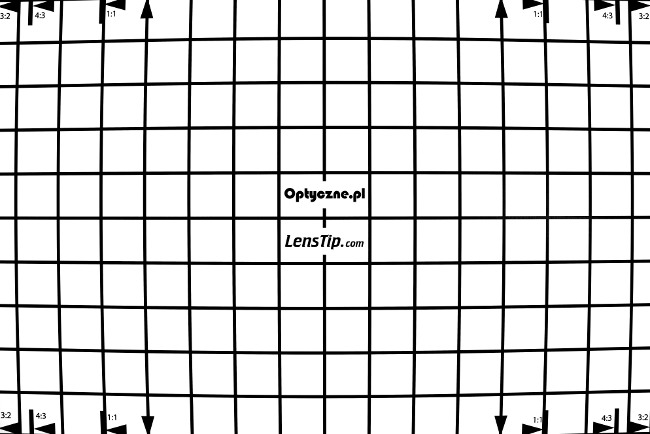
|
|||
| Sony A7R IIIa, FF, 35 mm | |||
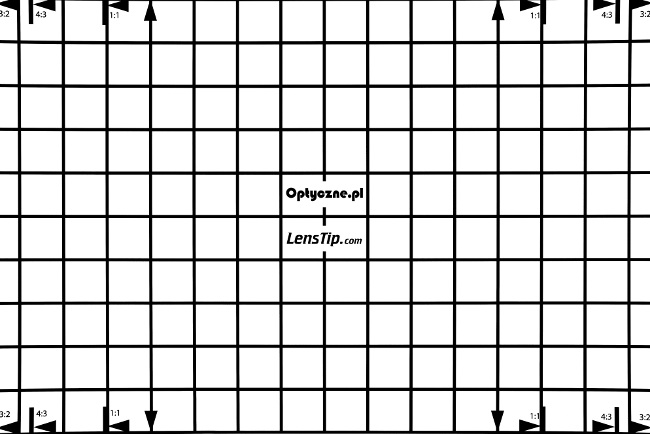
|
|||
| Sony A7R IIIa, FF, 50 mm | |||

|
|||
| Sony A7R IIIa, FF, 75 mm | |||
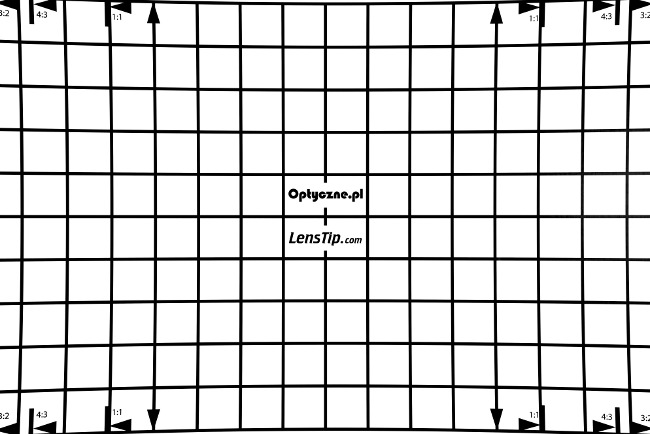
|
|||






